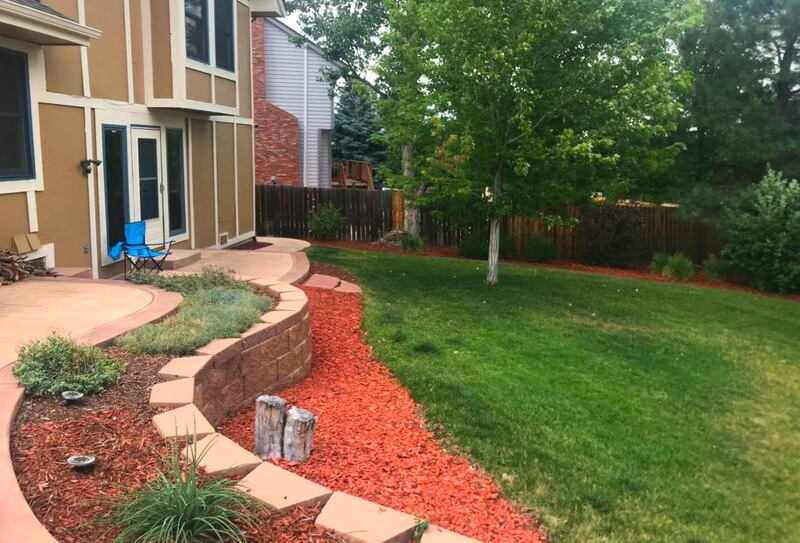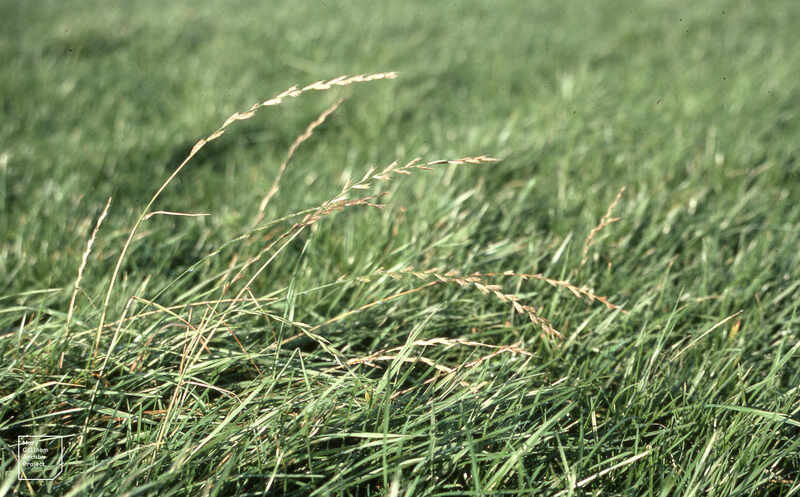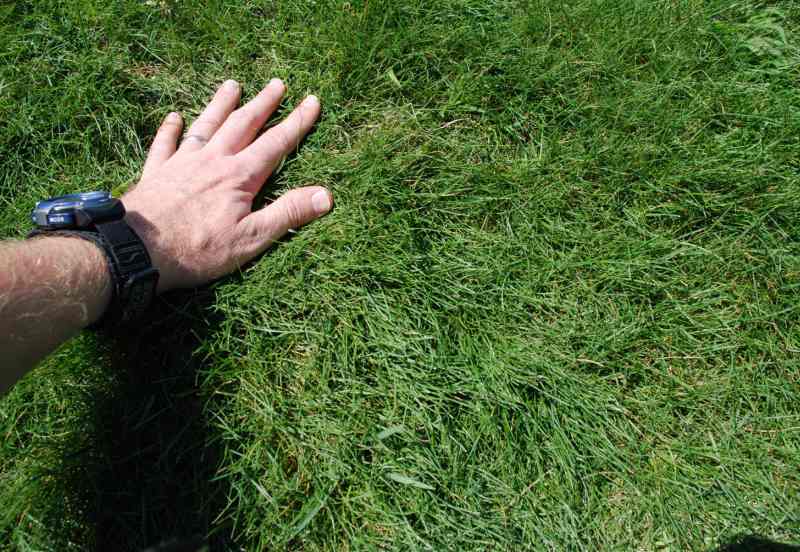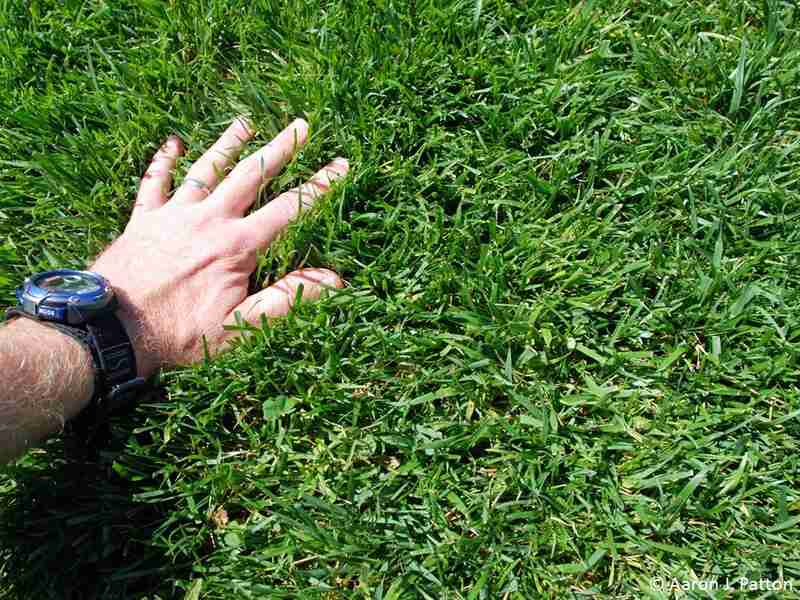4 Best Grass Seeds for Maine
BY CECILIA ACEVEDO | MAY 22ND, 2023 | LAWN CARE, MAINEWelcome to Maine’s green and picturesque landscapes. As the cool ocean breeze sweeps through charming cities like Portland and Augusta, let’s embark on a journey to uncover the four best grass seeds for Maine.
We’ll delve into the secrets of the finest grass seeds that flourish in this idyllic region. Each grass variety reveals unique strengths and qualities, making them a perfect match for your Maine backyard. So, gear up and get ready to transform your yard into a lush haven as we unravel these exceptional grass seeds.
In this article:
- Warm-Season vs. Cool-Season Grasses
- Cool-Season Grasses for Maine
- FAQ About Maine Grass Seeds
- Choosing Plant and Grass Seeds Varieties for Your Maine Landscape
Warm-Season vs. Cool-Season Grasses
Grasses are an essential component of lawns, but not all grasses are equal. They can be classified into two categories: warm-season grasses and cool-season grasses. When planning your Maine backyard, you should consider cool-season grasses.
Cool-season grasses initiate growth in late winter to early spring, producing new leaves. They grow actively in fall and may enter winter dormancy when soil temps drop below 45 degrees Fahrenheit. Cool-season grasses possess greater tolerance for frost, low light, and lower temperatures, making them suitable for cooler climates.
In contrast, warm-season grasses exhibit a delayed growth pattern, waiting until late spring to early summer to push out fresh leafy growth. Warm-season grasses have lower frost tolerance but thrive under higher light and temperature conditions, making them ideal for regions with hot summers.
Understanding these distinctions among turf types allows for informed decisions when selecting grass types suitable for specific climates and landscaping needs. Choosing an appropriate grass seed variety can ensure a healthy lawn.
4 Cool-Season Grasses for Maine
When choosing lawn grass in Maine’s cool climate, four types of grass reign supreme: Kentucky bluegrass, perennial ryegrass, fine fescue, and tall fescue. These cool-season grasses are well-suited for Maine’s USDA Hardiness zones, which predominantly fall within the 3b and 4a range. With average minimum temperatures ranging from -36 to -25 degrees Fahrenheit, these grass varieties thrive in the state’s cold winter.
1. Kentucky Bluegrass

Photo Credit: Brenda Ryan / Wikilawn
Renowned for its stunning dark green hue and fine texture, this grass is a showstopper that will highlight the beauty of any outdoor space. This grass boasts a robust and densely woven root system, making it a powerful ally in erosion control and weed control.
While Kentucky bluegrass thrives under the warm embrace of sunlight, it does have limited shade tolerance, making it a perfect fit for sun-drenched areas. It also exhibits a moderate ability to handle foot traffic. However, Kentucky bluegrass remains an exceptional choice for a winter-hardy lawn, showcasing commendable resilience despite moderate drought conditions.
Classification: Cool-season grass
Spreads by: Rhizomes
Shade tolerance: Low. Prefers full sun.
Drought tolerance: Moderate
Foot traffic tolerance: Moderate
Maintenance needs: Moderate mowing frequency and high fertilization needs.
Mowing height: Set mowing height between 2.5 and 3.5 inches.
Potential for disease: Moderate to high; prone to several diseases, such as dollar spot, leaf spot, necrotic ring spot, summer patch, and stripe smut.
Soil pH: 6-7.5
Soil type: Performs best in well-drained, heavy soils with high fertility.
Other notes: Specific lawn-oriented varieties of this grass necessitate more regular watering, dethatching, and fertilization compared to those primarily intended for animal feeding purposes.
2. Perennial Ryegrass

Photo Credit: Dr Mary Gillham Archive Project / Flickr / CC BY 2.0
Not only is perennial ryegrass a popular choice on golf courses for its ability to withstand foot traffic and low mowing, but it’s also ideal for high-traffic areas as it can germinate in a remarkably short time, within 5 to 7 days!
While perennial ryegrass boasts impressive qualities, it’s important to consider its specific requirements. This grass has a low tolerance for dry soil and shade, making it best suited for sun-drenched areas with regular watering. However, the upside is that perennial ryegrass produces minimal thatch, which is easy to maintain. Say goodbye to excessive buildup and hello to a hassle-free lawn.
Classification: Cool-season grass
Spreads by: Has a bunch-type growth habit
Shade tolerance: Low
Drought tolerance: Low
Foot traffic tolerance: High
Maintenance needs: Moderate mowing and fertilization requirements. Thatch is not significant.
Mowing height: Set mowing height to 1.5 to 2.5 inches
Potential for disease: High. Common diseases include gray leaf spot, red thread, and leaf spot/melting-out.
Soil pH: Can grow in soils with a pH between 5 and 8, but prefers between 6 and 7.
Soil type: Prefers good drainage and fertility, but can tolerate some poor drainage.
Other notes: By blending the resilience of Kentucky bluegrass with the durability of perennial ryegrass, you can create a lawn that stands strong against foot traffic, diseases, and invasive weeds.
3. Fine Fescue

Photo Credit: Aaron Patton / Purdue’s Turfgrass Science Program
Fine fescue is the perfect grass for those seeking shade tolerance and effortless upkeep. This turfgrass variety is renowned for its low maintenance requirements, allowing you to spend less time and effort on lawn care.
While fine fescue has a low to moderate tolerance for heavy foot traffic, it remains an excellent choice for homeowners who prioritize simplicity in maintenance and desire a stunning, light green lawn. Let your lawn become an oasis of relaxation and natural splendor effortlessly maintained by the charm of fine Fescue.
Classification: Cool-season grass
Spreads by: Creeping red Fescue spreads by rhizomes, while other fine fescues are bunch-type grasses, such as chewing, hard, and sheep fescues.
Shade tolerance: Moderate to High, depending on species.
Drought tolerance: Moderate to High, depending on species.
Foot traffic tolerance: Low to Moderate, depending on species.
Maintenance needs: Low fertilizer and mowing needs.
Mowing height: Set mowing height between 2.5 and 4.0 inches, depending on species.
Potential for disease: Moderate. Common diseases include red thread, leaf spot, dollar spot, summer patch, and powdery mildew.
Soil pH: 6-6.5
Soil type: Will not perform well in wet soil conditions. Prefers poor soils and tolerates a wide range of soil types and fertility.
Other notes: While it possesses admirable drought resistance, the true highlight of this grass lies in its exceptional shade tolerance. It reigns as the unrivaled champion among all cool-season grass varieties, growing even in areas with limited sunlight.
4. Tall Fescue

Photo Credit: Aaron Patton / Purdue’s Turfgrass Science Program
Elevate your yard’s appeal with Tall fescue! This remarkable grass variety showcases a stunning dark green hue with a glossy sheen, ensuring your lawn stands out in all its glory. It is the most heat-tolerant cool-season grass available, making it a resilient choice for Maine’s climate.
Moreover, fescue grass boasts impressive drought tolerance. Furthermore, it doesn’t produce excessive thatch, making maintenance a breeze. Say goodbye to tedious upkeep and hello to a lawn that thrives easily.
Classification: Cool-season grass
Spreads by: Produces short rhizomes but has a bunch-type growth habit.
Shade tolerance: Moderate
Drought tolerance: Moderate to High
Foot traffic tolerance: Moderate
Maintenance needs: Frequent mowing. Does not produce significant thatch.
Mowing height: Set mowing height to 2 inches when the grass reaches 3 inches tall.
Potential for disease: Tolerant of most diseases when properly maintained.
Soil pH: 5.5-6.5
Soil type: Adapted to a wide range of soil conditions, but prefers fertile clay soils with good drainage.
Other notes: While tall fescue exhibits moderate traffic and shade tolerance, it remains an excellent option for those who desire a verdant, green lawn.
FAQ About Maine Grass Seeds
The hardiest grass in northern climates is perennial ryegrass due to its exceptional durability. Characterized by resilient blades and a robust root system, this grass variety reigns supreme in terms of longevity and strength.
Regarding cool-season climates and drought tolerance, three exceptional grass varieties take the spotlight: Tall Fescue, Fine Fescue, and Kentucky Bluegrass. Among them, Tall Fescue is an excellent choice for withstanding dry and warm conditions.
Cool-season no-mow blends typically feature a mix of fine fescue species. Aptly named, fine fescues boast slender blades that create a velvety texture, making them a delight to walk barefoot. These grasses offer a plush and luxurious feel, providing a gentle and comfortable foot experience.
Choosing Plant and Grass Seeds Varieties for Maine Landscape
When choosing the perfect grass for your Maine lawn, it’s important to understand that each variety has unique traits and maintenance needs. Selecting the right grass is crucial, so consider factors like available space, intended usage, and your ability to keep your lawn healthy and vibrant.
While grass plays a significant role in creating an attractive landscape, it’s worth exploring other options as well, such as low-maintenance landscaping and native plants that thrive in Maine’s environment.
If you need expert guidance, Wikilawn is here to help. We can connect you to skilled lawn care professionals near you. We have trusted pros in Scarborough, Biddeford, and other cities across Maine who can take care of your yard’s maintenance. With the right grass and expert assistance, you can create a beautiful outdoor space to enjoy.
Main Photo Credit: Thuya Garden / Daderot / Wikimedia Commons / CC0